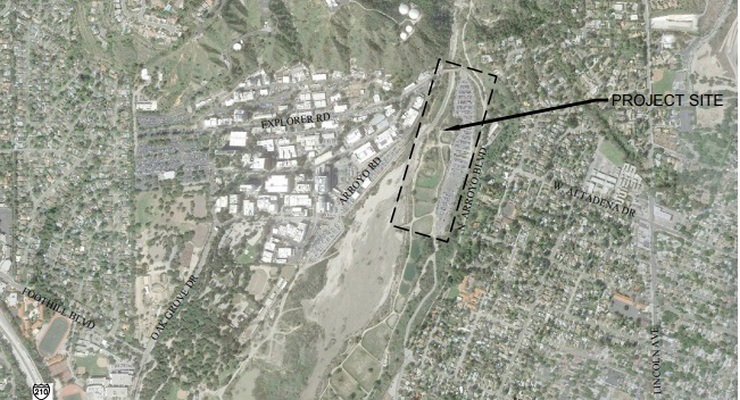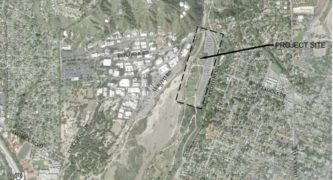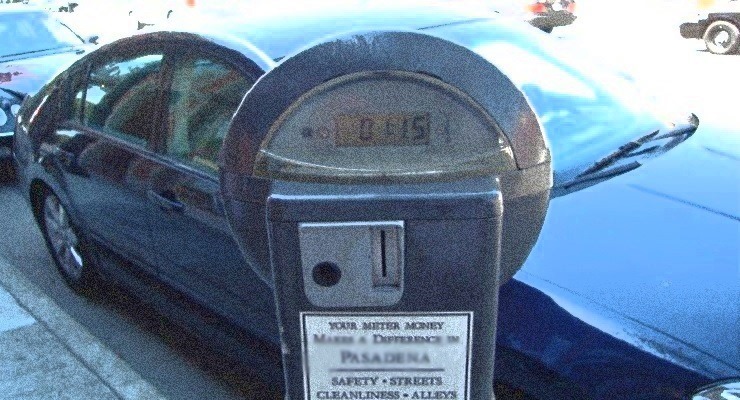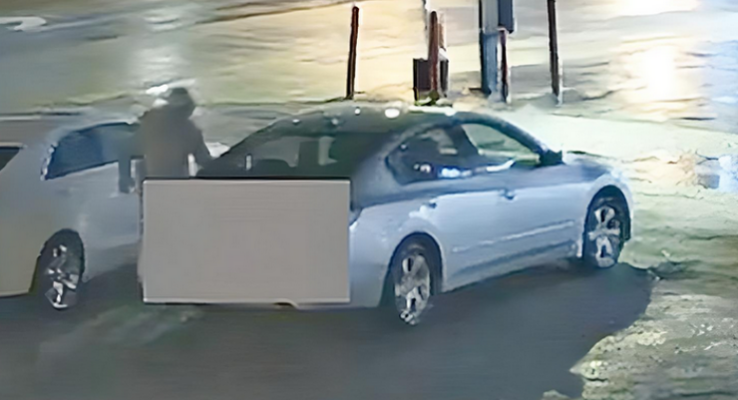
The city’s water infrastructure facilities in the Upper Arroyo Seco, which were damaged by the 2009 Station Fire, could soon be repaired and replaced.
Damage to the structures has greatly reduced the city’s capacity to divert water from the Arroyo Seco for spreading and pumping.
The proposed improvements would allow for increased utilization of the city’s pre-1914 surface water rights from the Arroyo Seco. A Conditional Use Permit (CUP) is required for any improvements within the Open Space Zoning District.
The city’s hearing officer will hear the proposal at 5:30 p.m. Wednesday.
“The Arroyo Seco is a perennial creek, which means there is generally flowing water year-round, but the flow is below the surface (underground) in some locations,” according to a city staff report. “Creek flows that originate in the San Gabriel Mountains continue to flow south through the cities of Pasadena, South Pasadena and Los Angeles before joining the Los Angeles River just east of Elysian Park and west of the Interstate (I) 5/I-110 Interchange.”
The Station Fire was the largest blaze in L.A. County history. The fire burned approximately 161,000 acres, including 154,000 acres of forest and 6,700 acres of private lands in Pasadena, Altadena, Acton, La Cañada Flintridge and La Crescenta, according to the U.S. Department of Agriculture.
According to the staff report, the project proposes new facilities and improvements in the Upper Arroyo Seco and a sewer line connection to the Jet Propulsion Laboratory PL campus in La Cañada Flintridge through the JPL Bridge.
The project proposed with this modification includes improvements in two primary areas: Area 2 — Diversion and Intake Replacement, and Area 3 — Spreading Basin Improvements.
These two areas are connected by the Gabrielino Trail/Access Road, which includes three bridge crossings over the Arroyo Seco near the project site.
The proposed project involves water infrastructure facility improvements in both areas, as well as truck traffic along portions of the access road.
Local residents opposed the project in correspondence with the city.
“Rather than allowing PWP to expand its spreading basins which need constant maintenance to function properly, we can once again allow the living river and stream waters to percolate naturally into the aquifer below,” said longtime local activist Christle Balvin.
“We can foster the return of native fish and allow our children to once again search for the Arroyo toad along our river banks. We can picnic by the stream and help our children appreciate the importance of running water and the great natural gift that the Arroyo and its tributaries have given us,” Balvin wrote.
Area 2 is located less than a half-mile upstream, along the Arroyo Seco, from the JPL Bridge. In that area, the proposed project includes the demolition of the existing diversion and intake structures and construction of a new diversion weir that is built across a river or canal to raise the water level, or in parallel to divert the water.
A new intake would be constructed in the same location within the Arroyo Seco and be equipped with a trash rack and fish screens to prevent fish from entering the conveyance system to the spreading basins in Area 3.
The proposed project would also be protective of the potential for future fish populations in the Arroyo Seco with the inclusion of a roughened channel downstream of the diversion structure that would allow return passage upstream when the weir crest gate is lowered.
Area 3 is located off of Explorer Road in the formerly paved JPL East Parking Lot and existing city infiltration basins. The project covers approximately nine acres including approximately three acres of additional spreading area.
“The city of Pasadena owns the right to divert up to 25 cubic feet per second (cfs) of surface water from the Arroyo Seco for direct use or to spread for percolation in spreading basins for groundwater pumping credits from the Raymond Basin,” according to a city staff report.
“Of the total amount of water that is infiltrated into the groundwater through its existing spreading basins, Pasadena Department of Water and Power has the right to pump between 60% to 80% of that amount for beneficial use in the city’s water supply,” states the report.
“The proposed project more fully captures the city’s allocation of up to 25 cfs to augment local groundwater supplies,” according to the report.














 0 comments
0 comments


